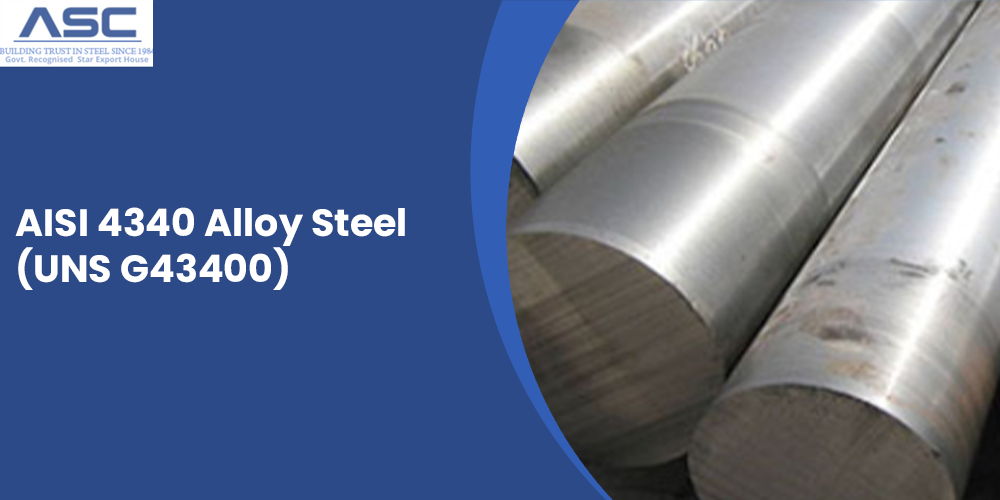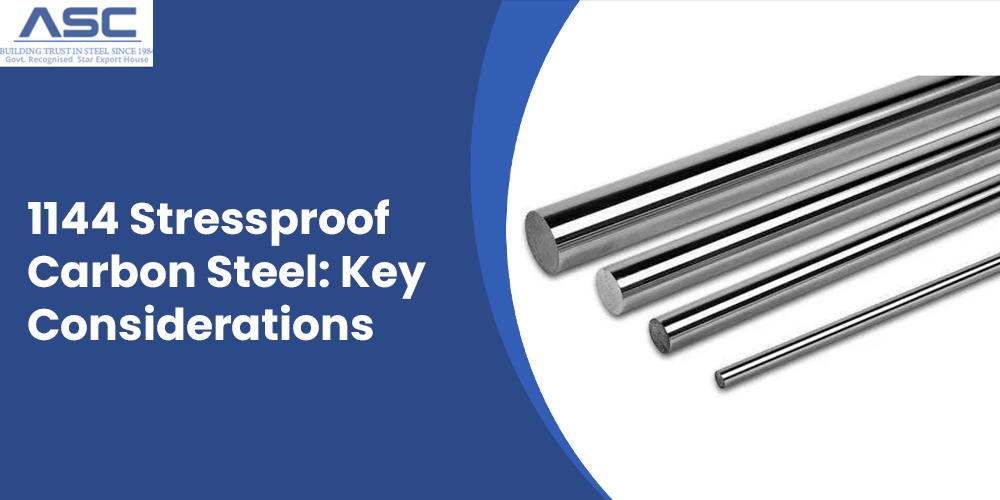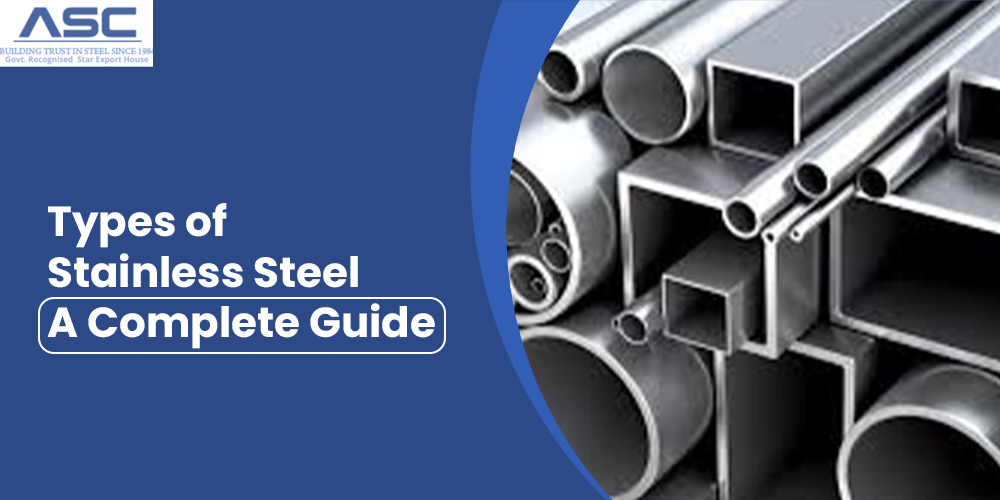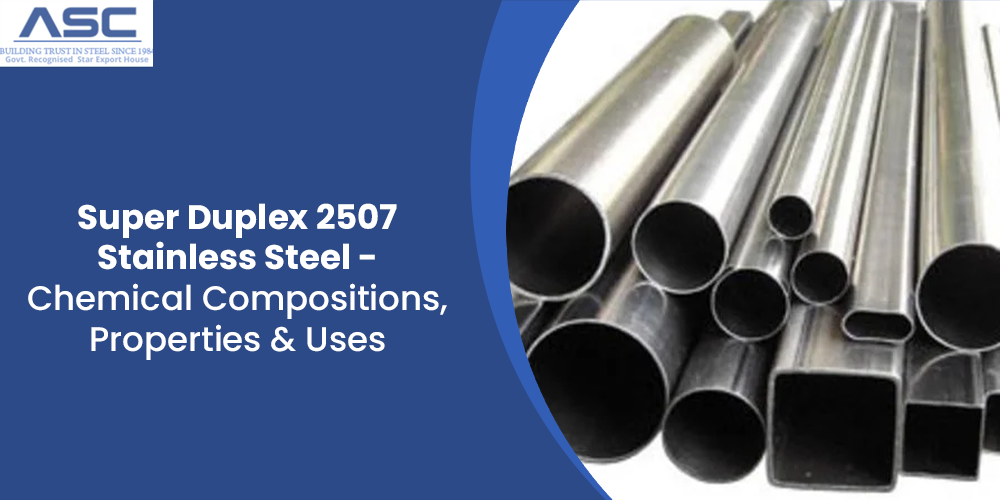AISI 4340 Alloy Steel (UNS G43400)
by AMC
Posted on July 08, 2024 at 12:40 PM

4340 alloy steel is renowned for its high strength. Like other steels, it is produced by melting alloying elements, cooling, and then working the metal. Due to its exceptional strength, 4340 steel is primarily used in structural applications within the aviation and automotive industries. However, it is not well-known for its corrosion resistance.
What Is 4340 Alloy Steel?
Material 4340 steel is an American standard alloy steel known for its high-strength properties. It is ferromagnetic, meaning its magnetic properties depend on the steel's phase. The lack of significant alloying elements makes 4340 steel very magnetic due to its iron content.
How Is 4340 Alloy Steel Made?
Creating 4340 alloy steel involves several precise steps. First, the elements are melted in an electric furnace, which takes up to 12 hours. A Vacuum Oxygen Decarburization (VOD) system is then used to control the carbon content, which affects the steel's hardness and tensile strength. The molten steel is stirred to ensure uniform mixing of the elements. As the steel cools into billets, it may be hot-rolled while still above its crystallization temperature or cold-rolled below this temperature for more precise dimensions. Once cooled, the steel undergoes heat treatment to relieve internal stresses. Finally, the 4340 steel is cut and finished to its final shape, which may include grinding, depending on its intended application.
AISI 4340 Steel Chemical Composition
| Element | Content (%) |
|---|---|
| Iron, Fe | 95.195 - 96.33 |
| Nickel, Ni | 1.65 - 2.00 |
| Chromium, Cr | 0.700 - 0.900 |
| Manganese, Mn | 0.600 - 0.800 |
| Carbon, C | 0.370 - 0.430 |
| Molybdenum, Mo | 0.200 - 0.300 |
| Silicon, Si | 0.150 - 0.300 |
| Sulfur, S | 0.0400 |
| Phosphorous, P | 0.0350 |
AISI 4340 Steel Physical Properties
| Properties | Metric | Imperial |
|---|---|---|
| Density | 7.85 g/cm3 | 0.284 lb/in³ |
| Melting point | 1427°C | 2600°F |
AISI 4340 Steel Mechanical Properties
| Properties | Metric | Imperial |
|---|---|---|
| Tensile strength | 745 MPa | 108000 psi |
| Yield strength | 470 MPa | 68200 psi |
| Bulk modulus (typical for steel) | 140 GPa | 20300 ksi |
| Shear modulus (typical for steel) | 80 GPa | 11600 ksi |
| Elastic modulus | 190-210 GPa | 27557-30458 ksi |
| Poisson's ratio | 0.27-0.30 | 0.27-0.30 |
| Elongation at break | 22% | 22% |
| Reduction of area | 50% | 50% |
| Hardness, Brinell | 217 | 217 |
| Hardness, Knoop (converted from Brinell hardness) | 240 | 240 |
| Hardness, Rockwell B (converted from Brinell hardness) | 95 | 95 |
| Hardness, Rockwell C (converted from Brinell hardness. Value below normal HRC range, for comparison purposes only) | 17 | 17 |
| Hardness, Vickers (converted from Brinell hardness) | 228 | 228 |
| Machinability (annealed and cold drawn. Based on 100 machinability for AISI 1212 steel.) | 50 | 50 |
AISI 4340 Steel Thermal Properties
| Properties | Metric | Imperial |
|---|---|---|
| Thermal expansion co-efficient (20°C/68°F, specimen oil hardened, 600°C (1110°F) temper | 12.3 µm/m°C | 6.83 µin/in°F |
| Thermal conductivity (typical steel) | 44.5 W/mK | 309 BTU in/hr.ft².°F |
AISI 4340 Steel Equivalent
| AMS 6359 | AMS 6454 | ASTM A331 (4340) | ASTM A711 | SAE J1397 (4340) |
| AMS 6409 | ASTM A29 (4340) | ASTM A506 (4340) | ASTM A752 (4340) | SAE J404 (4340) |
| AMS 6414 | ASTM A320 (L43) | ASTM A519 (4340) | ASTM A829 | SAE J412 (4340) |
| AMS 6415 | ASTM A322 (4340) | ASTM A646 (4340-7) | MIL S-5000 |
Fabrication and Heat Treatment of AISI 4340 Steel
- Machinability: AISI 4340 alloy steel can be machined using conventional techniques, both in the annealed or normalized and tempered conditions.
- Forming: This steel has good ductility and formability when annealed. It can be bent or formed by pressing or spinning.
- Welding: AISI 4340 can be welded using fusion or resistance welding methods. Preheating and post-heating procedures are essential to ensure proper welding.
- Heat Treatment: The steel is heat treated at 830°C (1525°F) and then quenched in oil.
- Forging: Forging is done at temperatures between 427 to 1233°C (1800 to 2250°F).
- Cold Working: AISI 4340 can be cold worked using conventional methods when annealed, due to its high ductility.
- Annealing: The steel is annealed at 844°C (1550°F) and then slowly cooled in the furnace.
- Tempering: Before tempering, AISI 4340 should be heat treated or normalized. The tempering temperature depends on the desired strength level.
- Hardening: The steel can be hardened through cold working or heat treatment.
Advantages & Disadvantages of Using 4340 Chrome Moly Steel:
Advantages
- Excellent fatigue resistance
- Good shock resistance
- Good impact resistance
- High wear and abrasion resistance
Disadvantages
- Not very corrosion-resistant
- Not highly machinable
- High risk of quench cracking during heat treatment
- Heavy weight
Difference Between 4340 Steel and 4330 Steel
4330 and 4340 are both medium-carbon, low-alloy steels used in demanding applications such as transmission gears and aircraft landing gear. However, they differ significantly in composition and properties. 4330 steel contains higher amounts of manganese, chromium, nickel, and vanadium compared to 4340 steel. These additional alloying elements contribute to 4330's superior tensile strength, yield strength, and hardness, making it suitable for applications requiring high strength and toughness.
Difference Between 4340 Steel and 300M Steel
300M steel and 4340 steel share similarities but differ in composition and performance characteristics. 300M steel is essentially a modified version of 4340 steel, incorporating additional alloying elements such as vanadium and copper, along with higher levels of silicon and molybdenum. These additions enhance the properties of 300M steel, particularly in terms of fatigue strength, ductility, impact resistance, and fracture toughness. This makes 300M steel suitable for applications requiring superior performance under dynamic and high-stress conditions compared to traditional 4340 steel.
Summary
This article provided an overview of 4340 steel, detailing its composition, properties, and applications across various industries. For more detailed information about 4340 steel, feel free to reach out to a Amardeep Steel representative.

Key Considerations With 1144 Stressproof Carbon Steel
Carbon's impact on bulk mechanical properties like hardness, tensile strength, yield strength, and ductility plays a crucial role in the machinability of carbon steels. Carbon steels are categorized as such when they contain no specified

